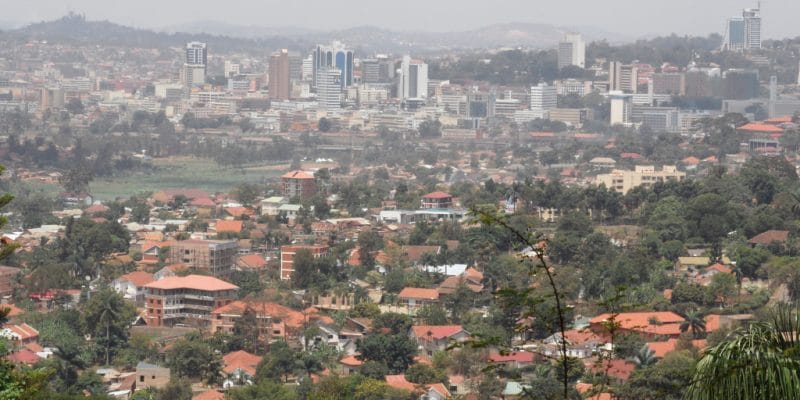In Uganda, data obtained from monitoring systems reveal that the capital Kampala has a record level of air pollution, ahead of the cities of Jinja and Fort Portal. This situation is conducive to global warming and is inspiring the authorities in this East African country to take several resilience initiatives.
In Kampala, unpaved roads, carbon dioxide (CO2) emissions from vehicles and some industries, and open burning of solid waste are the main sources of air pollution. According to the Kampala Capital City Authority (KCCA), whose monitors made the study possible, 5 million people are exposed to poor air quality in a city with a growing population.
According to Daniel Okello, the KCCA’s director of public health and environment, the municipalities of Lubaga and Kira are the most polluted in the capital, behind Kawempe where the air quality index is 57 μg./m3. His analysis shows that this concentration of pollution level is five to seven times higher than those recommended by the World Health Organisation (WHO).
Danger to human and ecosystem health
Air pollution is the cause of several health problems among the Ugandan population such as allergies, asthma attacks, conjunctivitis, bronchial diseases, lung and skin cancers, vision problems, blood diseases, and problems in the mental development of children. The phenomenon is not without consequences for biodiversity in this East African country.
According to the World-Wide Fund for Nature (WWF) in Uganda, 51% of the 600 tonnes of waste produced every day ends up in the environment, in the absence of an effective recovery system. This in turn increases plastic pollution of the country’s freshwater bodies. According to a 2018 report by the International Union for Conservation of Nature (IUCN), 20% of Lake Victoria’s species are threatened with extinction.
Institutional actions to clean up the air
In response to rising pollution levels in Kampala, the Makerere University Computer Science Department led by Engineer Bainomugisha, has set up AirQo, an artificial intelligence (AI) software hosted in the cloud. The initiative aims to install atmospheric sensors on the roofs of buildings to collect data that will enable city residents to reduce their risk of exposure and authorities to improve air quality at ground level.
Read also:UGANDA: How rising waters of Lake Albert are shaking ecosystems
For its part, the National Environment Management Authority (NEMA) has drawn up regulations and air quality standards, particularly for emissions generated by vehicles, workplaces and industries. While the regulations are slow to be implemented, awareness raising remains a key to curbing air pollution in Uganda’s capital. “Reduce single-use plastic products, avoid burning your waste and sort it for disposal instead. Plant a tree to improve the air quality around you. Save fuel or cycle to reduce your carbon footprint,” implores Akankwasa Barirega, the director of NEMA.
Benoit-Ivan Wansi






